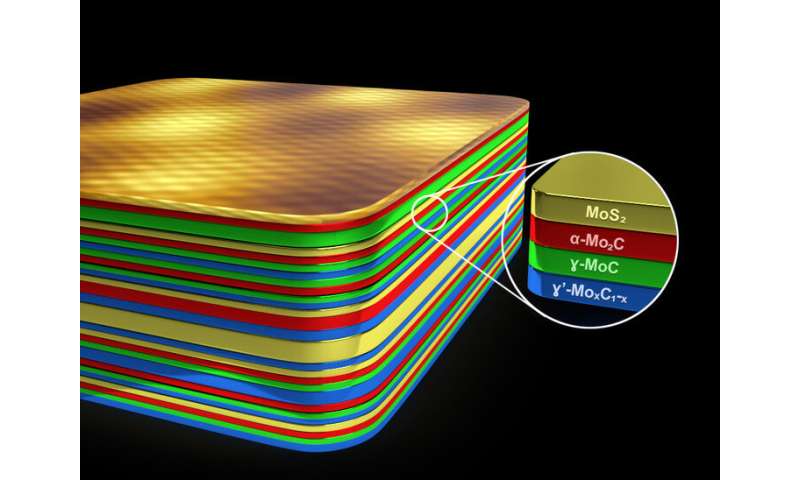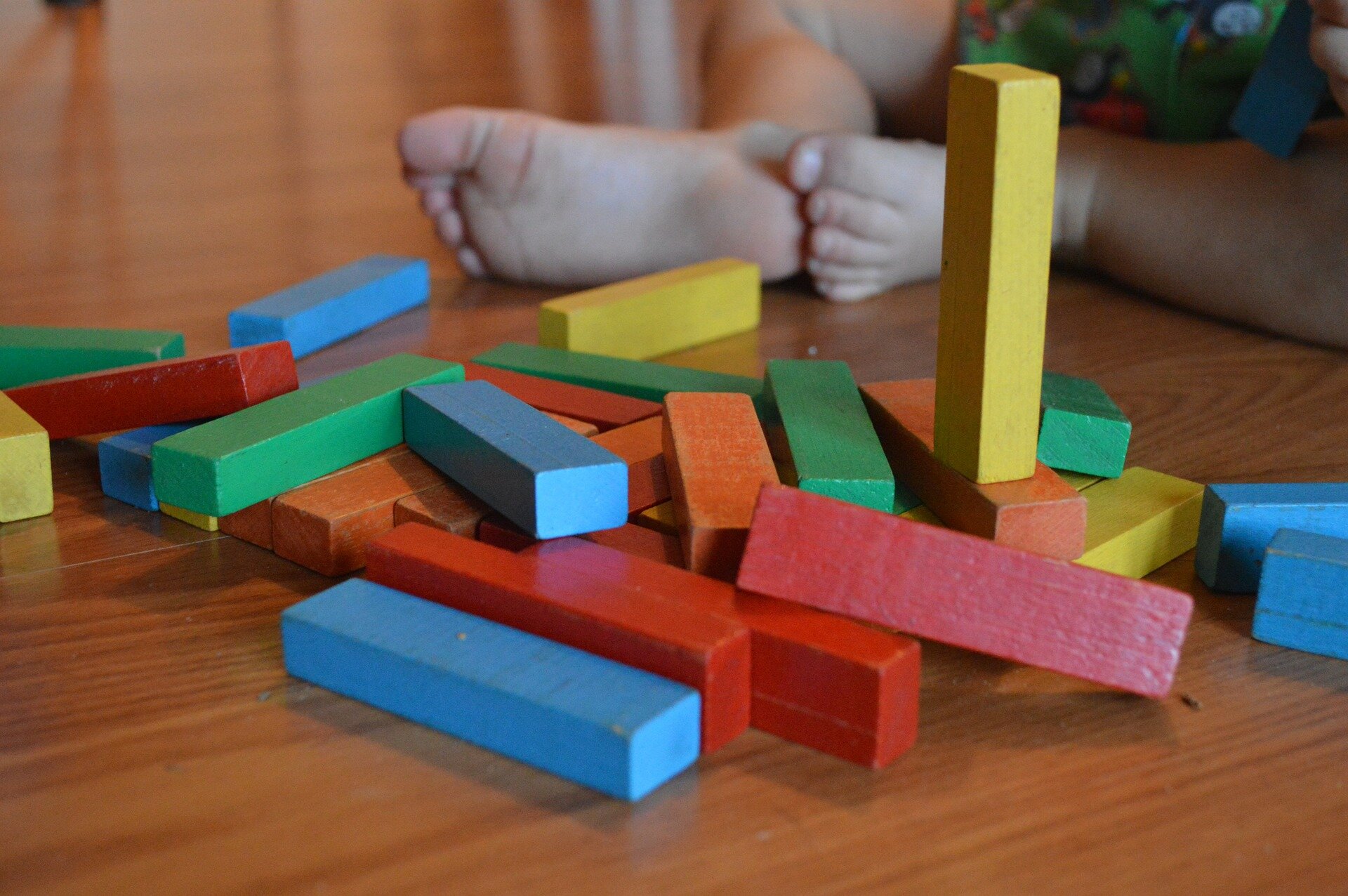#Steps toward room-temperature superconductivity
“#Steps toward room-temperature superconductivity”

The possibility of achieving room temperature superconductivity took a tiny step forward with a recent discovery by a team of Penn State physicists and materials scientists.
The surprising discovery involved layering a two-dimensional material called molybdenum sulfide with another material called molybdenum carbide. Molybdenum carbide is a known superconductor—electrons can flow through the material without any resistance. Even the best of metals, such as silver or copper, lose energy through heat. This loss makes long-distance transmission of electricity more costly.
“Superconductivity occurs at very low temperatures, close to absolute zero or 0 Kelvin,” said Mauricio Terrones, corresponding author on a paper in Proceedings of the National Academy of Sciences published this week. “The alpha phase of Moly carbide is superconducting at 4 Kelvin.”
When layering metastable phases of molybdenum carbide with molybdenum sulfide, superconductivity occurs at 6 Kelvin, a 50% increase. Although this is not remarkable in itself—other materials have been shown to be superconductive at temperatures as high as 150 Kelvin—it was still an unexpected phenomenon that portends a new method to increase superconductivity at higher temperatures in other superconducting materials.
The team used modeling techniques to understand how the effect occurred experimentally.
“Calculations using quantum mechanics as implemented within density functional theory assisted in the interpretation of experimental measurements to determine the structure of the buried molybdenum carbide/molybdenum sulfide interfaces,” said Susan Sinnott, professor of materials science and engineering and head of the department. “This work is a nice example of the way in which materials synthesis, characterization and modeling can come together to advance the discovery of new material systems with unique properties.”
According to Terrones, “It’s a fundamental discovery, but not one anyone believed would work. We are observing a phenomenon that to the best of our knowledge has never been observed before.”
The team will continue experimenting with superconductive materials with the goal of someday finding materials combinations that can carry energy through the grid with zero resistance.
More information:
Fu Zhang el al., “Superconductivity enhancement in phase-engineered molybdenum carbide/disulfide vertical heterostructures,” PNAS (2020). www.pnas.org/cgi/doi/10.1073/pnas.2003422117
Steps toward room-temperature superconductivity (2020, July 29)
retrieved 29 July 2020
from https://phys.org/news/2020-07-room-temperature-superconductivity.html
This document is subject to copyright. Apart from any fair dealing for the purpose of private study or research, no
part may be reproduced without the written permission. The content is provided for information purposes only.
If you want to read more Like this articles, you can visit our Science category.
if you want to watch Movies or Tv Shows go to Dizi.BuradaBiliyorum.Com for forums sites go to Forum.BuradaBiliyorum.Com




